Have you ever held a Great Dane and felt their warmth? Their huge size and loving heart make them special friends. Yet, these large dogs face a risk from bloat, a dangerous condition.
Bloat, or gastric dilatation-volvulus (GDV), occurs without warning and is very painful. It happens when their stomach fills with gas or fluid, swelling and twisting. This can lead to serious problems.
If you love your Great Dane, learning about bloat is crucial. This article will cover bloat’s causes and provide tips on keeping your dog safe and well. Let’s keep your gentle giant protected.
Key Takeaways:
- Bloat, also known as gastric dilatation-volvulus (GDV), is a life-threatening condition that affects Great Danes.
- Causes of bloat include the stomach filling with gas or fluid and twisting on itself.
- Recognizing the symptoms of bloat in Great Danes is crucial for timely intervention.
- Predisposing factors for bloat in Great Danes include deep chests, narrow waists, large meals, fast eating, and exercise after meals.
- Preventive measures such as multiple small meals, slow feeder bowls, and stress reduction can help reduce the risk of bloat.
Recognizing the Symptoms of Bloat in Great Danes
Bloat in Great Danes shows certain signs. Knowing these signs can help you act fast. This ensures your pet gets the care it needs right away. Look out for signs like:
- Distended abdomen: A swollen belly is a clear sign. The stomach might look bigger and feel hard.
- Restlessness: Great Danes with bloat may pace a lot or seem uncomfortable lying down.
- Heavy drooling: Too much drooling is another common sign. Your dog might have a lot of saliva or foamy mouth.
- Rapid heartbeat: A very fast heartbeat is a worrying sign of bloat. You might notice your dog’s pulse going up.
- Pale gums: If your dog’s gums get pale or white, it’s a bad sign. It means blood flow is not normal.
If you see any of these in your Great Dane, get help fast. Bloat is an emergency. Getting help quickly can save your pet.
Understanding the Importance of Early Detection
Noticing bloat early is key for getting help on time. Knowing the signs we talked about can make you act fast. This way, your Great Dane can get the help it needs. Remember, bloat can get worse quickly and be deadly if not treated.
Stay Vigilant and Be Proactive
Being a good pet owner means watching out for health issues. Always watch how your dog acts and eats. Notice any changes. By being alert and acting fast, you can keep your Great Dane safe from bloat.
Understanding the Predisposing Factors for Bloat in Great Danes
Great Danes have a majestic look, thanks to their large chests and slim waists. But, these traits make them prone to bloat, a serious health issue. Knowing what leads to bloat in Great Danes is key to keeping them safe.
Their deep chests are part of the problem. It gives the stomach too much room to fill up with gas or fluid. Also, their slim waists might cause the stomach to twist, stopping blood flow. This can damage body tissues.
How Great Danes are fed also plays a role. Feeding them big meals at once can increase their bloat risk. A full stomach can easily become too stretched.
These dogs eat quickly, which doesn’t help. They end up swallowing air, which builds up gas in their stomach. This makes bloat more likely.
Exercising right after eating is another risk. This action can make the stomach twist, leading to bloat.
The Predisposing Factors for Bloat in Great Danes:
- Deep chests
- Narrow waists
- Large meals
- Fast eating
- Exercise after meals
To avoid bloat, Great Dane owners should know these risks. Feeding smaller meals through the day can prevent the stomach from getting too full. Using slow feeder bowls slows down their eating, which helps too.
It’s also vital to avoid heavy exercise right after eating. Waiting for digestion can lower bloat risks. Keeping your Great Dane healthy and stress-free is essential.
In the table below, we summarize the predisposing factors for bloat in Great Danes:
| Risk Factors for Bloat in Great Danes |
|---|
| Deep chests |
| Narrow waists |
| Large meals |
| Fast eating |
| Exercise after meals |
Steps for Preventing Bloat in Great Danes
Bloat can’t be fully stopped, but Great Dane owners can lower the risk. Feed multiple small meals throughout the day instead of one big meal. This keeps the stomach from getting too full and lowers bloat risk.
- Feeding multiple small meals instead of one large meal prevents the stomach from overstretching. This reduces the chance of bloat.
- Slow feeder bowls encourage eating at a slower pace. These bowls have obstacles that prevent quick eating, lowering the risk of air swallowing and bloat.
- It’s key to avoid exercise for an hour after eating. Physical activity right after eating can risk stomach twisting. Letting food settle first can prevent bloat.
- Lowering stress in Great Danes can also stop bloat. Stress impacts digestion, raising bloat risk. A peaceful space for your Great Dane lowers this risk.
Expert Tip: Slow Feeder Bowls
“Slow feeder bowls are great for stopping bloat in Great Danes. They slow down the dog’s eating rate by making them work for their food. This helps avoid swallowing too much air. These bowls are a simple but effective way to lower bloat risk.”
By taking these steps, Great Dane owners can greatly lower the risk of bloat. This supports their dog’s health and happiness.
| Preventive Measures | Description |
|---|---|
| Multiple Small Meals | Feeding several small meals instead of one large one helps keep the stomach from getting too full, lowering bloat risk. |
| Slow Feeder Bowls | Using slow feeder bowls with ridges slows eating, prevents too much air intake, and lowers bloat risk. |
| No Exercise After Meals | Waiting at least an hour after meals before exercising prevents stomach twisting, lowering the chance of bloat. |
| Stress Reduction | Lowering stress and anxiety in Great Danes can prevent bloat. A calm space promotes better digestion. |
Recognizing the Emergency Signs of Bloat in Great Danes
Sometimes, bloat in dogs becomes a dire emergency quickly. Owners of Great Danes need to know the emergency signs of bloat. These include trying to vomit with nothing coming out, breathing hard, gums turning pale, and collapse. Seeing these signs means your dog needs help right away.
Unproductive vomiting is a major red flag for bloat in Great Danes. If your dog tries to vomit but can’t, it might mean the stomach is twisted. This blocks anything from moving through. Also, watch if your dog seems to struggle to breathe. The stomach can press against the diaphragm, blocking air flow.
Pale gums show that the blood isn’t flowing well or carrying much oxygen. A twisted stomach during bloat can stop blood from reaching important organs. This makes the gums look pale. If you see this, your dog is in an emergency state.
A collapse is a serious warning that can’t be ignored. It may show your Great Dane is in shock from bloat’s severe impact. If your dog collapses, get them to a vet without waiting.
Spotting these emergency signs early is key to get your dog the help they need fast. Better safe than sorry. If you think your Great Dane has bloat or shows any warning signs, call your vet right away. They can guide you and help your dog.
| Emergency Signs of Bloat in Great Danes |
|---|
| Unproductive Vomiting |
| Difficulty Breathing |
| Pale Gums |
| Collapse |
Testimonial:
“I’ll never forget the day when my Great Dane, Max, started vomiting without being able to bring anything up. His breathing became labored, and his gums turned pale. I knew something was seriously wrong. Thankfully, I recognized these emergency signs of bloat and rushed him to the vet. Without immediate intervention, Max’s life could have been in danger. It’s crucial for all Great Dane owners to familiarize themselves with these signs and take quick action when necessary.” – Sarah Johnson, Great Dane owner
Seeking Veterinary Care for Bloat in Great Danes
If you think your Great Dane has bloat, get veterinary care fast. Time matters a lot in treating this serious issue. An emergency vet visit is best since they’re ready for urgent cases.
The vet will check your Great Dane carefully to see how they’re doing. They may look at the belly to see if it’s swollen and check other key health signs. This includes heart rate and breathing.
To be sure it’s bloat, the vet might need to do diagnostic tests. These can be x-rays or ultrasound scans. They show what’s happening in the stomach and can reveal bloat’s effects.
If the bloat is bad, emergency surgery might be needed. This surgery helps fix the stomach and untwist the digestive system. For very serious cases, a tube might be put in to let out trapped gas.
When doing surgery, the vet will check the stomach and nearby organs. This is to make sure there’s no tissue or organ damage.
Diagnostic Tests for Bloat in Great Danes
| Diagnostic Test | Description |
|---|---|
| X-rays | Shows how the stomach looks and if it’s twisted or swollen. |
| Ultrasound | Gives live images using sound waves. This lets the vet see the stomach and nearby parts closely. |
The aim of treating bloat is to get your dog stable, reduce stomach pressure, and make sure blood flows well to organs. It’s key to follow the vet’s care advice after surgery and watch your Great Dane closely as they heal.
Emergency Treatment for Bloat in Great Danes
When a Great Dane gets bloat, quick emergency treatment is needed. The main goals are to stabilize the dog and reduce stomach pressure.
To help the dog, the vet may give oxygen for better breathing. They also give fluids to prevent dehydration and balance fluids. Pain relief is provided to ease the dog’s discomfort.
The vet will operate once the dog is stable. During surgery, they deflate the stomach and fix twisted parts. They also repair any damaged tissues. Sometimes, they perform a special surgery to stop bloat from happening again.
After surgery, careful watching is key for recovery. The dog will be closely watched for any problems. The vet might give medicines to help heal and prevent pain. Following the vet’s after-surgery advice is crucial for the dog’s recovery.
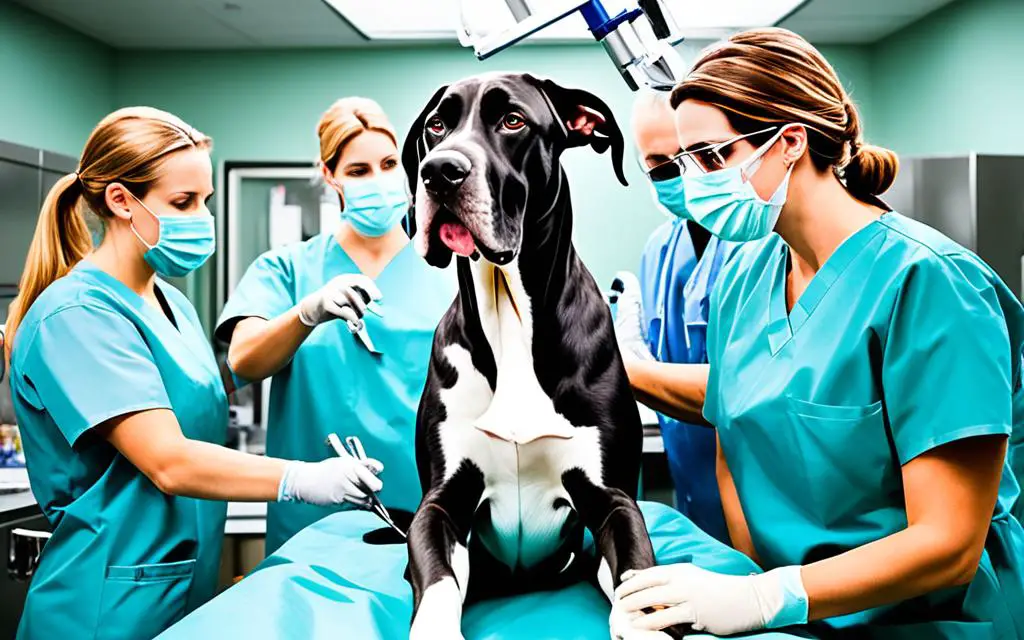
To sum up, treating bloat in Great Danes quickly involves stabilizing the dog, surgery, and careful after-care. The quick actions of vets and dog owners are crucial for saving the dog’s life.
Understanding the Prognosis and Complications of Bloat in Great Danes
Bloat in Great Danes can turn out differently. This depends on how severe it is and how quickly they get treatment. Early vet care can really help, but bloat is still serious. About 30% of cases don’t make it. This condition needs fast action to help your pet recover.
Bloat doesn’t just risk your dog’s life. It can also cause other health problems. For example, it can damage their tissues. This happens when their stomach stretches and twists. It stops blood flow, causing tissue to die. This can lead to problems with their organs.
Bloat can also harm your dog’s heart. The pressure and tissue damage can make the heart work poorly. This makes your dog’s health worse. They might need extra care to keep an eye on their heart.
After your dog goes through bloat, you need to watch them closely. Take them for regular vet check-ups. Follow the care instructions carefully. And if something seems wrong, get vet help right away.
Survival Rate Comparison
| Bloat in Great Danes | Survival Rate |
|---|---|
| Moderate to Severe Bloat Cases | Approximately 30% |
| Mild Bloat Cases | Higher chances of survival |
This table shows how survival rates vary for bloat in Great Danes. It also shows why quick medical help is critical. Remember, even mild bloat needs fast vet care. This prevents worse problems.
“Bloat in Great Danes is a serious condition that not only carries risks of fatality but also potential complications affecting tissue integrity and cardiac health. Timely treatment and close follow-up care are vital to increase the chances of a positive outcome.” – Dr. Emily Johnson, Veterinary Specialist
Preventive Measures for Bloat in Great Danes
Bloat can happen more than once, so it’s key to prevent it in Great Danes. Owners can lower the bloat risk by being proactive. This keeps their beloved pets healthy and happy.
Gastropexy Surgery
Gastropexy surgery is a top way to prevent bloat. In this surgery, the stomach gets attached to the abdominal wall. This stops it from twisting. By keeping the stomach in place, the chance of bloat drops a lot. Vets often suggest it for Great Danes and other breeds that get bloat.
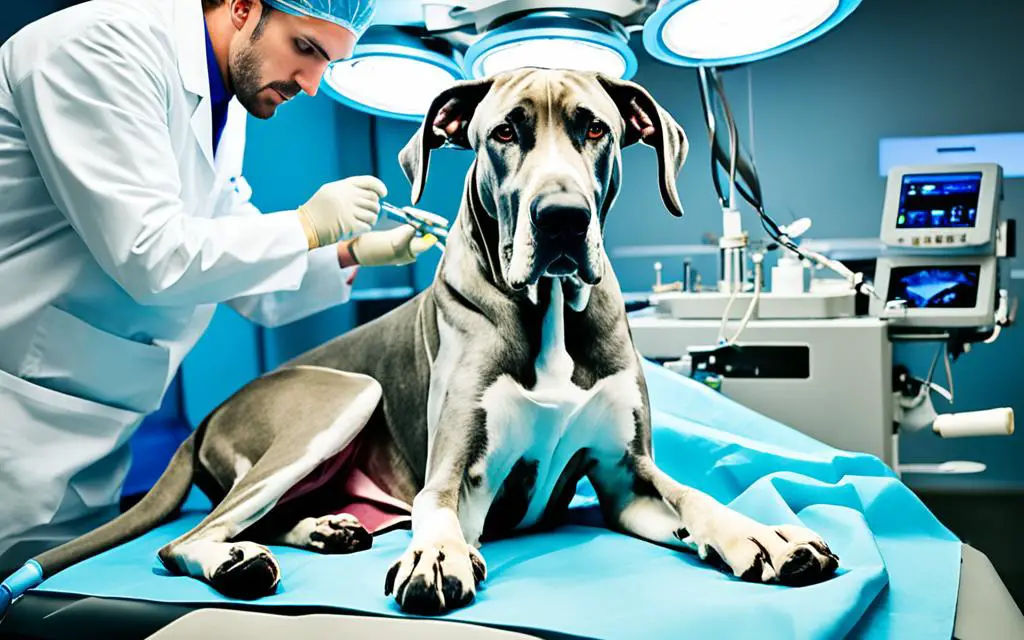
Genetic Testing
Genetic testing is also key. It finds dogs that might get bloat more than others. Breeders can then pick the best pairs for mating. This way, future Great Danes have a lower bloat risk.
Careful Breeding Practices
Choosing the right dogs for breeding is crucial. Dogs that have had bloat should not be bred. This lowers the chance of their puppies getting bloat. Careful selection helps make Great Danes healthier.
By doing things like gastropexy, genetic testing, and selecting dogs wisely, we can make bloat less common in Great Danes. These steps give dog owners peace of mind.
Conclusion
Bloat in Great Danes is very serious and can be deadly. These big, kind dogs are more likely to get it because of their body shape. Knowing the risks and how to avoid them can make a big difference.
It’s important to recognize the signs of bloat quickly. If your dog is restless, has a swollen belly, or is drooling more than normal, act fast. Getting them help right away can save their lives.
Stop bloat before it starts. Feed your dog small meals through the day and use special bowls to slow them down. Keep them calm after eating and try to lower their stress. If bloat does happen, getting help immediately is crucial.
With the right care and fast action, Great Danes can be safe from the threat of bloat. Owners who stay informed and ready can protect their beloved pets. This helps these gentle giants live long and happy lives.

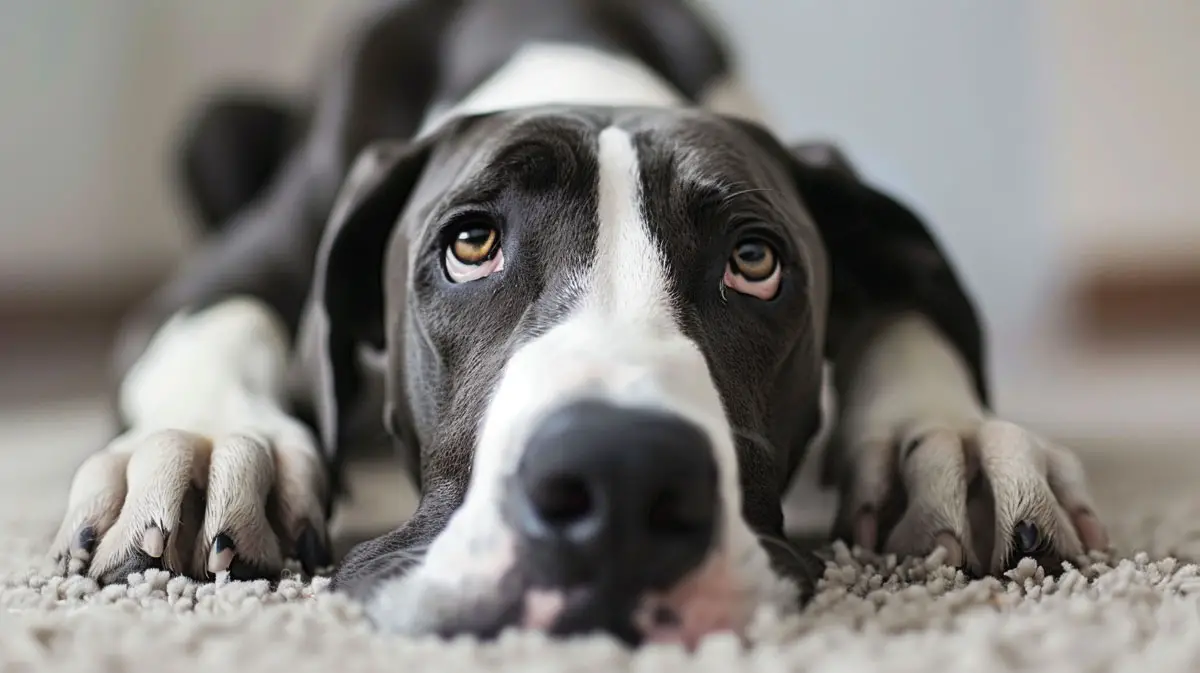
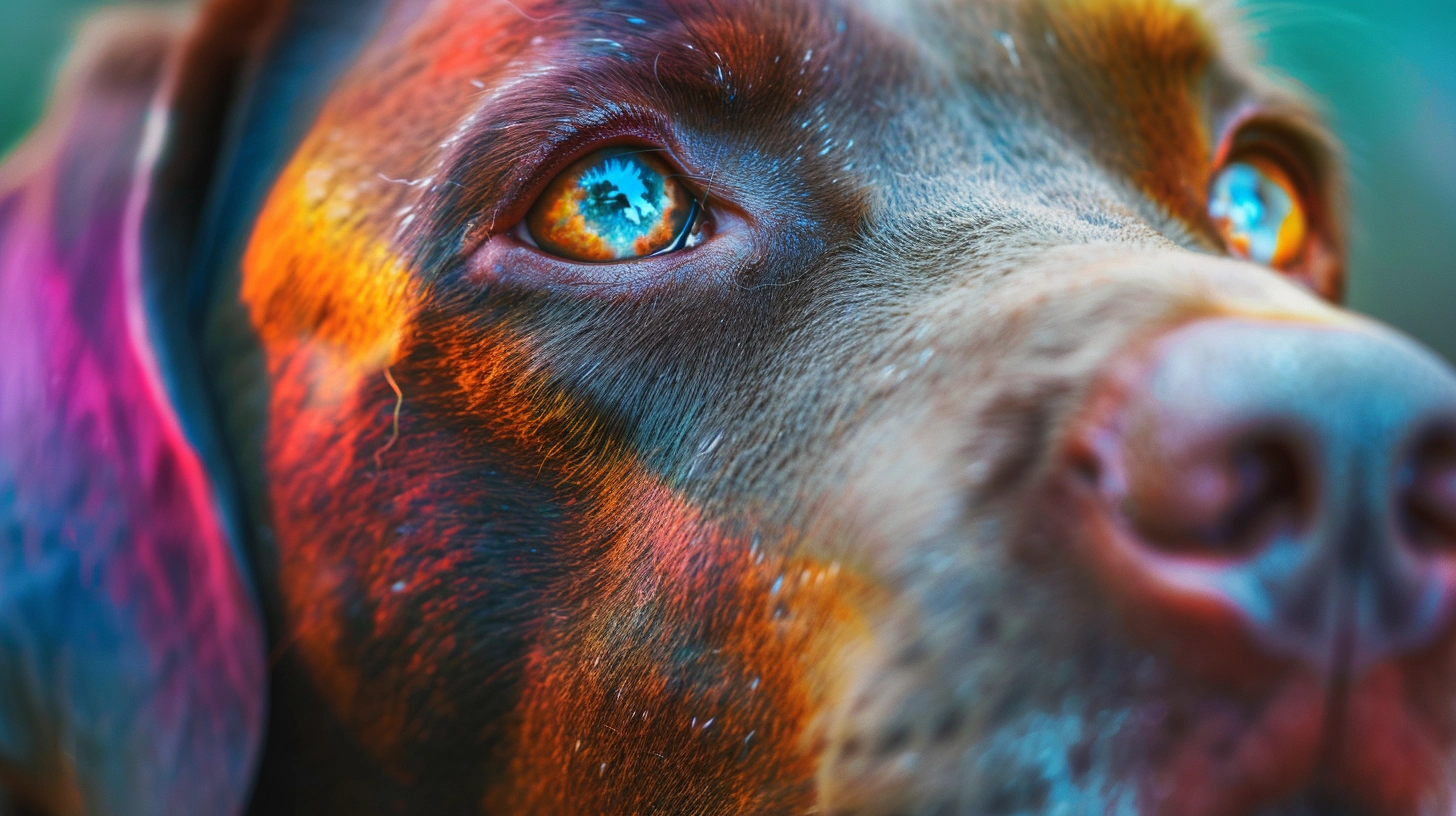
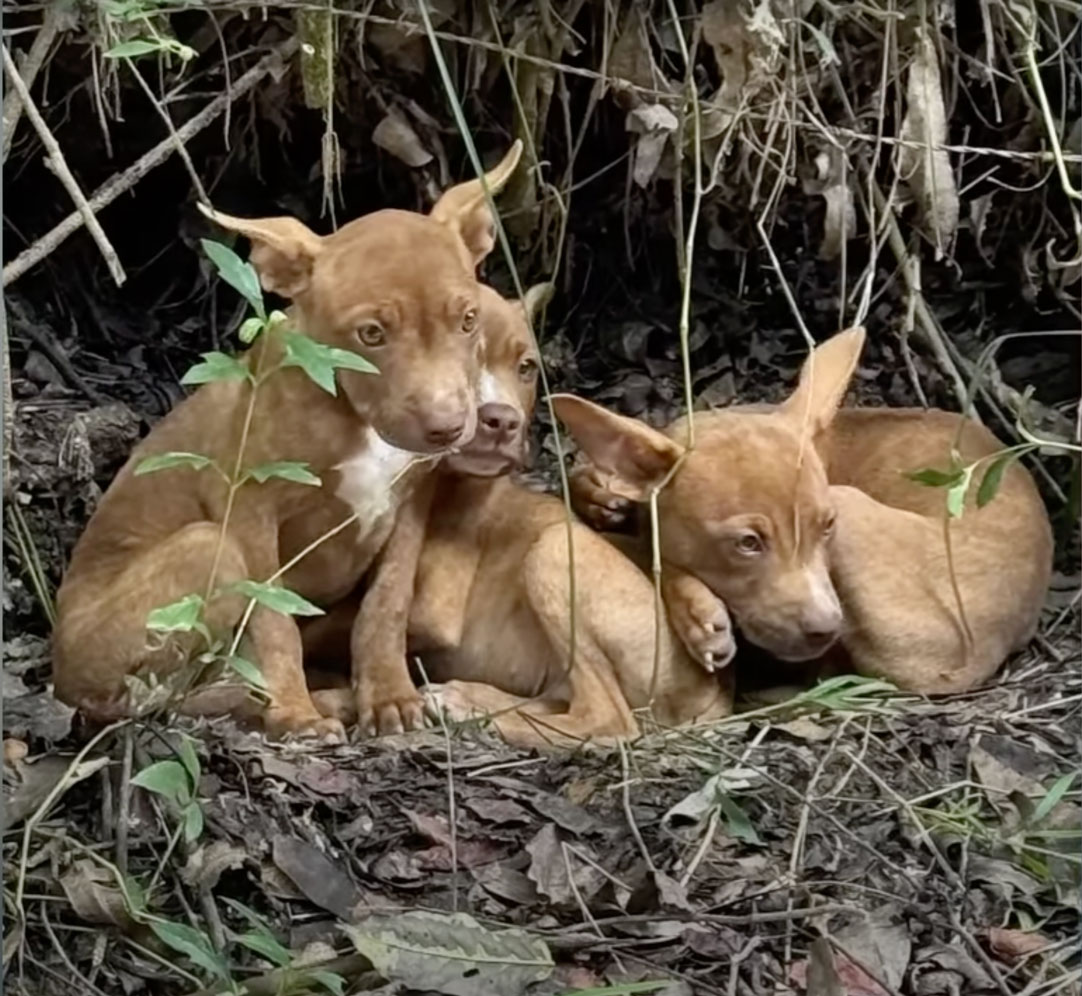
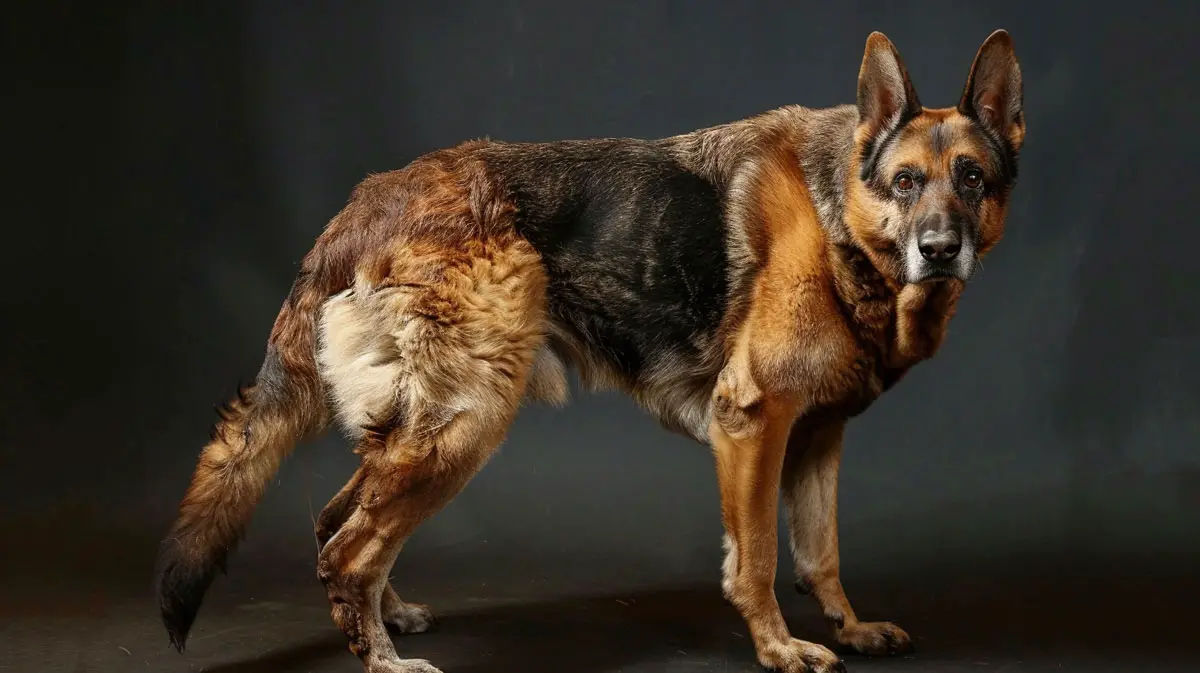
Leave a Reply